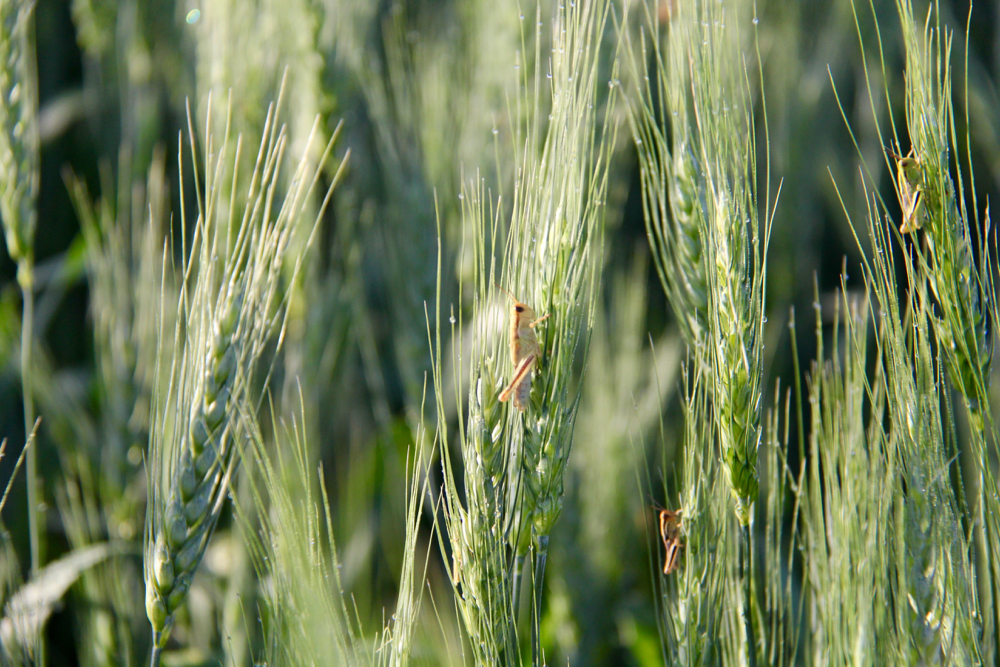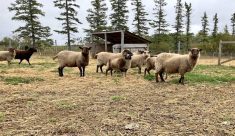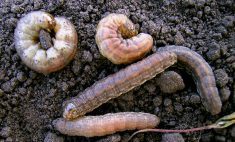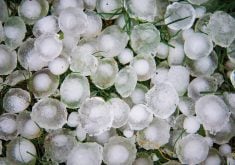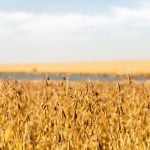Not surprisingly, grasshoppers loved last year’s dry conditions, especially in the south, says a provincial outlook for the pest.
“In southern Alberta, dry summers are resulting in increasing grasshopper numbers,” says an article from the provincial Ag Ministry detailing last year’s grasshopper survey and this year’s outlook.
“This is especially true in the counties south of and bordering Highway 1. Populations are increasing in the drier areas along the Alberta-Saskatchewan border, too. The 2021 growing season coupled with a long, warm fall were ideal for grasshopper egg laying.”
Read Also
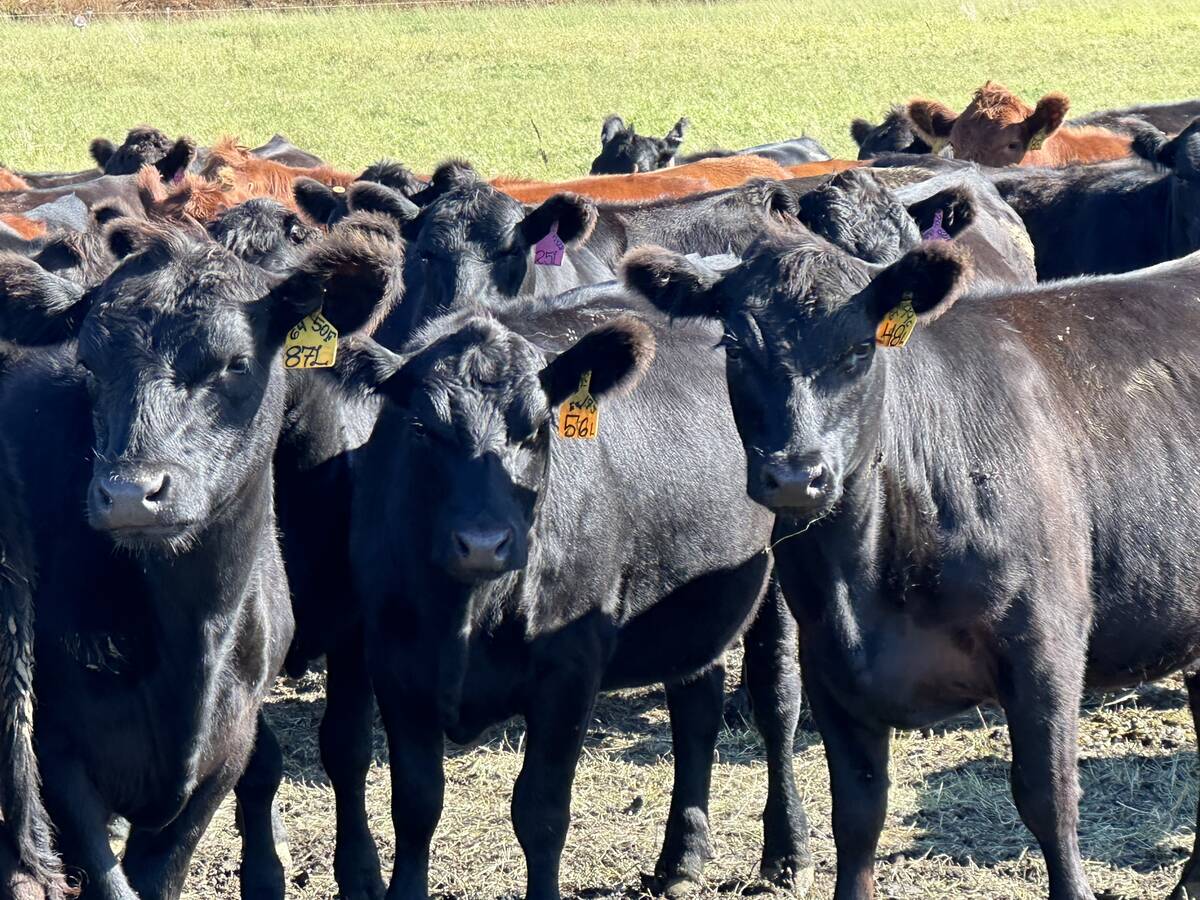
Want to track the cattle industry? Follow the heifers
Beef specialists examine key indicators in Canadian market for growth patterns in cattle markets
The 2022 grasshopper forecast map below (which is based on grasshopper counts conducted last August by agricultural fieldmen across the province) also suggests hopper numbers may be high in areas in Peace Country, too.
Survey counts ranged from light to “severe” in the Peace. The most common species found was Bruner’s spur-throat grasshopper, which has “a biennial life cycle which has a profound impact on the grasshopper forecasts,” the outlook states.
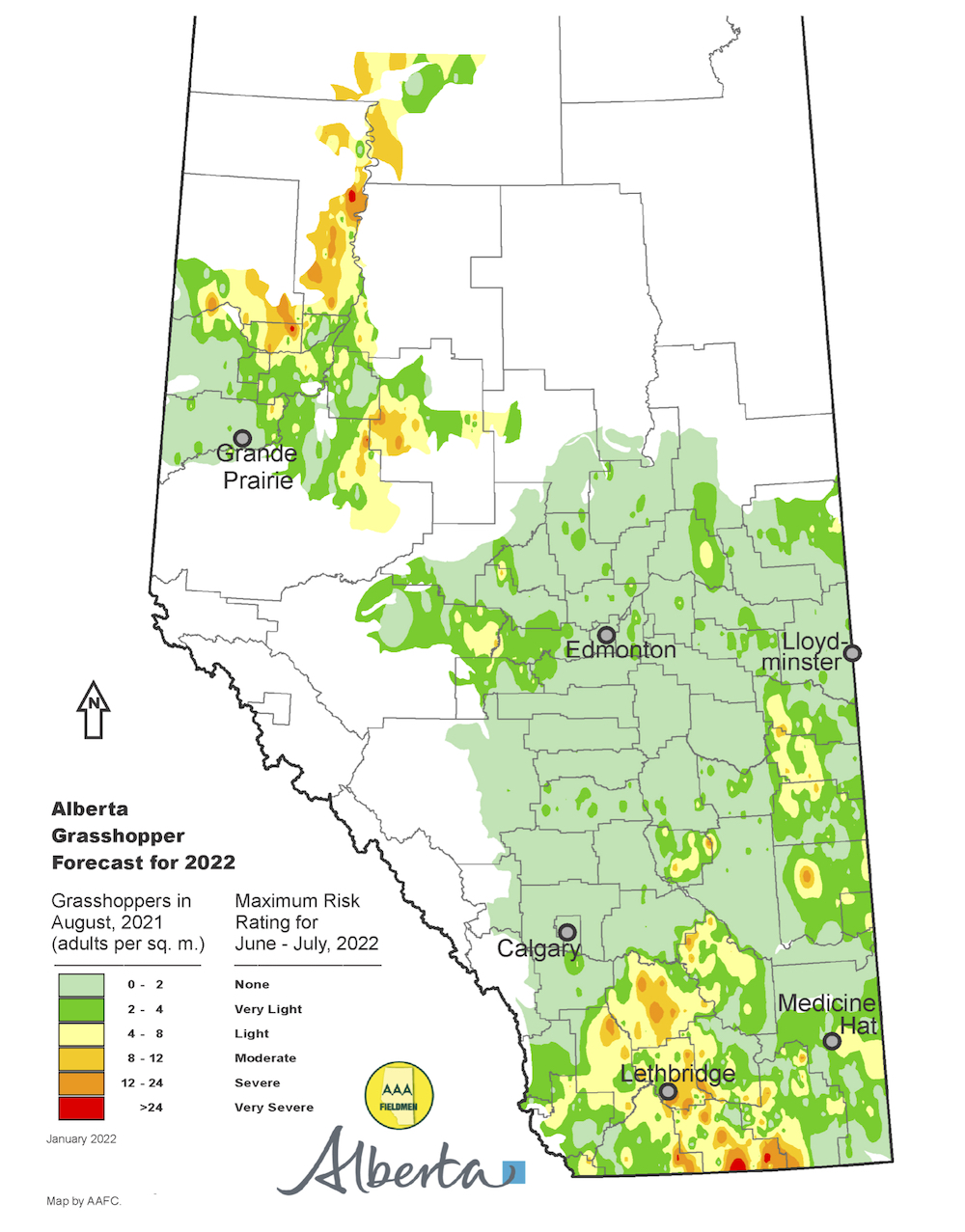
“If the grasshopper population in the Peace River Region and northern-central Alberta is following a biennial cycle then the grasshopper counts from 2021 indicate that 2022 will be a low grasshopper year followed by a higher population in 2023 and that 2024 will be a low year.”
In the south, the numbers of two-striped grasshopper increased “with hot spots of over 100 per square metre in areas near Carmangay, Skiff, Foremost, Lethbridge, and east to the Saskatchewan border,” said the report, quoting grasshopper expert Dan Johnson.
But there were also large areas where none were found and in other areas, a fungal disease killed off large numbers.
Still, “two-striped grasshopper is expected to increase in numbers and range in 2022. Packard’s grasshopper, remains much lower and more restricted to roadsides near grass and hay.”
As always, weather will be the critical factor for hopper numbers, with conditions in late spring being especially important.
But the forecast offers some scouting advice.
“Particular attention should be paid to areas that traditionally have higher grasshopper populations,” it says. “In addition, grasshoppers tend to lay their eggs near areas of green growth in the fall that will provide potential food sources for emerging young the following spring. Areas with early green plant growth such as field margins, fencelines and roadsides are also areas that will give early indications of potential grasshopper problems.”
And scouting in order to target problem areas should be the priority.
“It is important to remember that control measures are intended to protect the crops from economic damage and are never successful in totally eliminating grasshopper populations. It is easier to scout and control grasshoppers earlier in their life cycle rather than waiting until they are more mobile.”

